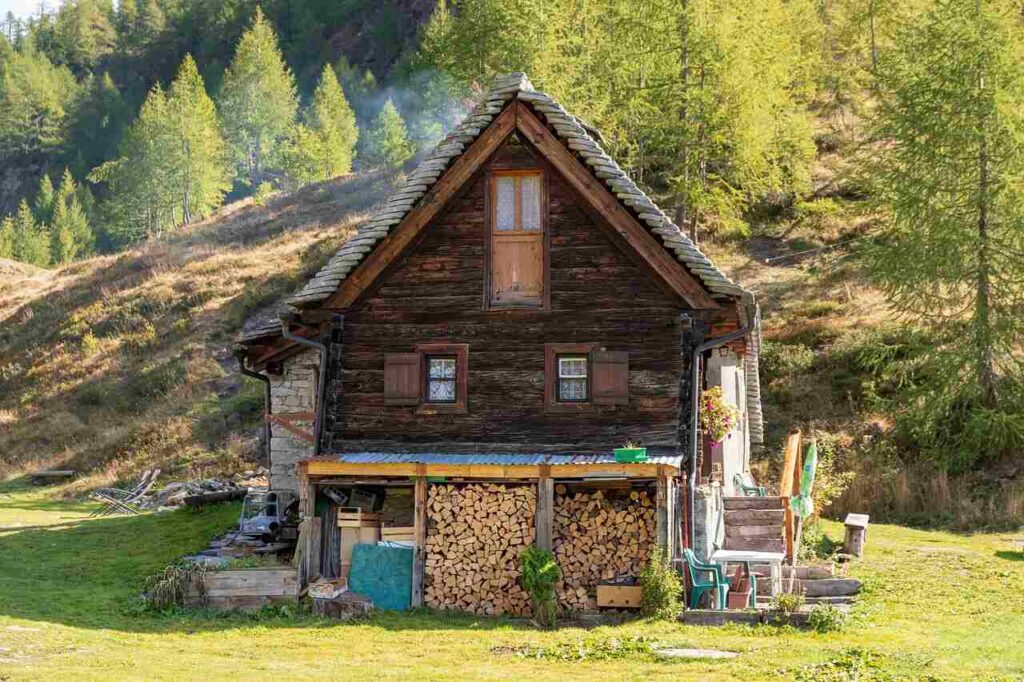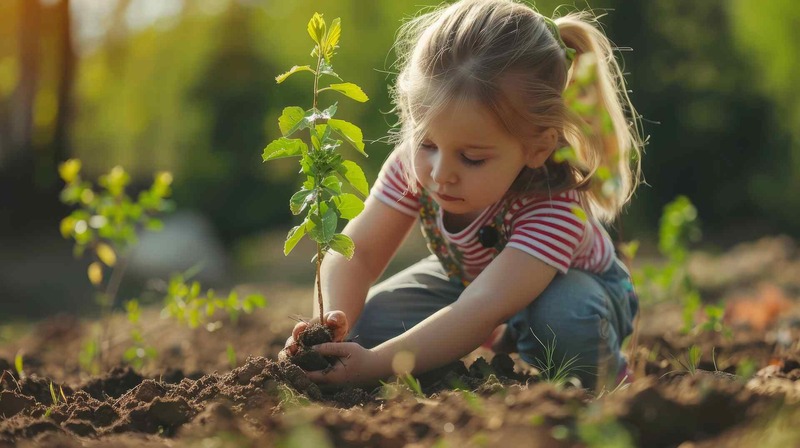Off-Grid Living isn’t just about disconnecting from public utilities—it’s about reconnecting with yourself, nature, and a sustainable life that feels deeply real. For many, off grid living is the answer to a quiet question that keeps whispering: Is there a simpler, more soulful way to live?
In this guide, we explore what it truly means to live off the grid, how it works, and whether this lifestyle could be your path to freedom, purpose, and peace.
Table of Contents
What Does Off-Grid Living Really Mean—and How Does It Work?
From dream to definition: what “off the grid” truly implies
At its core, off-grid living means being independent of public utilities. It’s about creating your own systems for electricity, water, heat, and even waste. But beyond the technical definition, it’s a lifestyle choice rooted in self-sufficiency, sustainability, and often a longing to live in deeper harmony with nature. For some, it’s about privacy and peace. For others, it’s about resilience and readiness.
The Technical Side: What Does It Mean to Be “Not Tied to a Grid”?
Power, heat, water, internet—how the systems break away
When you live off the grid, you create and manage your own infrastructure. That means solar panels instead of power lines, wood stoves or propane instead of centralized heating, rainwater collection instead of city water, and often no access to traditional sewage systems or broadband internet. Every system becomes intentional.
The role of solar power, wells, compost toilets & more
Solar panels, wind turbines, or micro-hydro systems can generate electricity. Wells and natural springs provide water. Composting toilets and grey-water systems replace standard plumbing. These aren’t compromises—they’re conscious choices that reshape your relationship with resources.
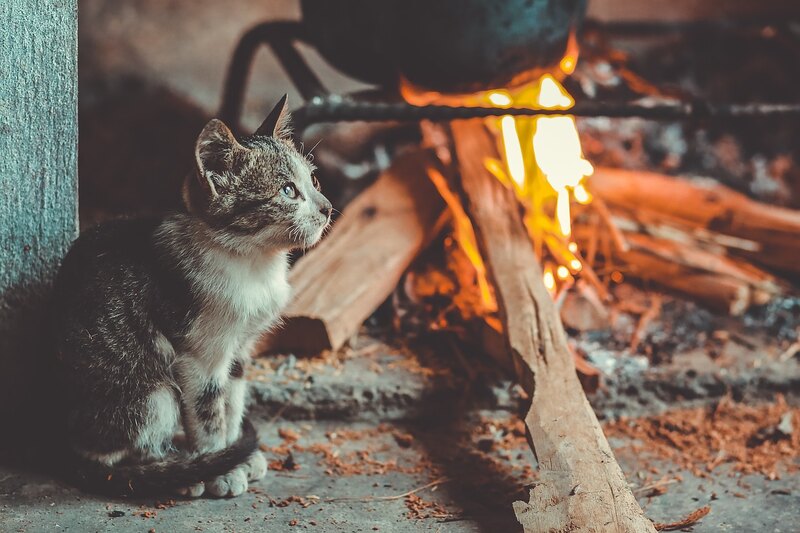
Is Off-Grid Living Legal—and Where Are the Restrictions?
What’s allowed, where, and why it depends on local laws
Off-grid living is legal in many places—but the laws vary greatly depending on your location. Some regions embrace it, others impose strict codes that make it harder. Local laws often dictate building standards, energy usage, and sanitation systems.
Zoning, building codes, water rights, and energy use
Zoning laws might prohibit certain structures or require connections to municipal systems. Water rights can be a major hurdle, especially in drier climates. It’s crucial to research local regulations before choosing your off-grid location.
The Meaning Behind “Going Off the Grid”
A lifestyle, a rebellion—or a return to roots?
For some, going off-grid is a form of protest—against consumerism, noise, or disconnection from the Earth. For others, it’s a soulful homecoming. It means waking up with the sun, aligning with natural rhythms, and remembering what it means to simply be.
Off-Grid Living Is a State of Mind
Simplicity, self-trust, and a deeper kind of freedom
Beyond infrastructure and logistics, off-grid living is about mindset. It teaches patience, presence, and practical creativity. It asks you to slow down, trust yourself, and find fulfillment in the everyday.
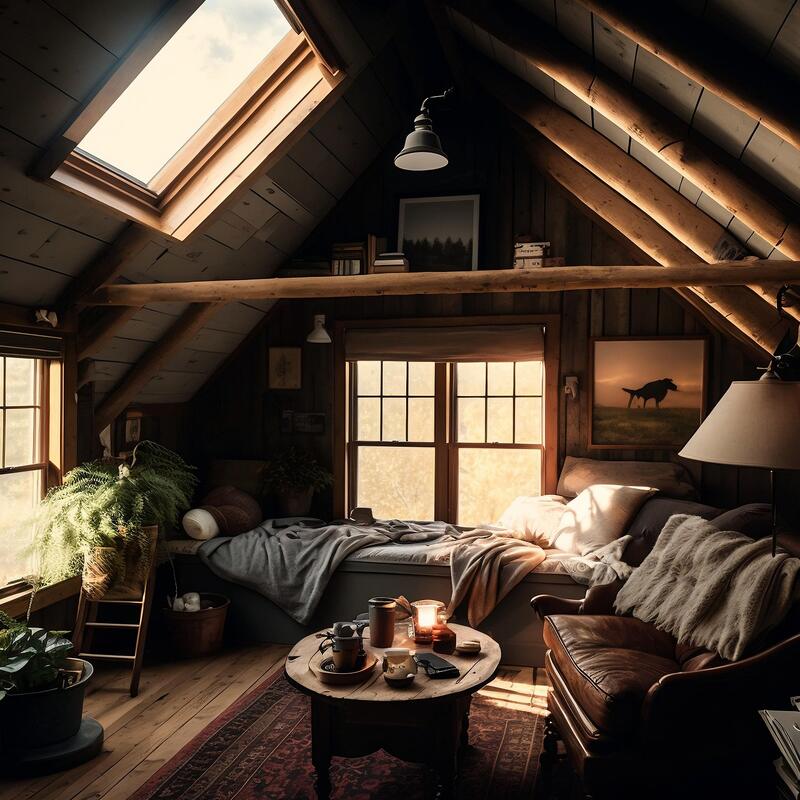
What Is It Like to Live Off the Grid in Everyday Life?
Rhythms, routines, and reconnection
Daily life off the grid involves hands-on tasks that modern life has outsourced. Chopping wood, checking batteries, growing food. It can be grounding, exhausting, empowering—and deeply rewarding.
What surprises people the most
Many off-gridders report that the biggest surprise is how natural it feels. Once the noise falls away, there’s space for clarity. People rediscover their inner peace, their purpose, and often, their joy.
Why Do People Choose to Live Off-Grid?
From burnout to longing for the land
The reasons vary: digital fatigue, economic uncertainty, ecological concerns, or simply a deep desire for freedom. Off-grid living speaks to those who crave a slower, more intentional life.
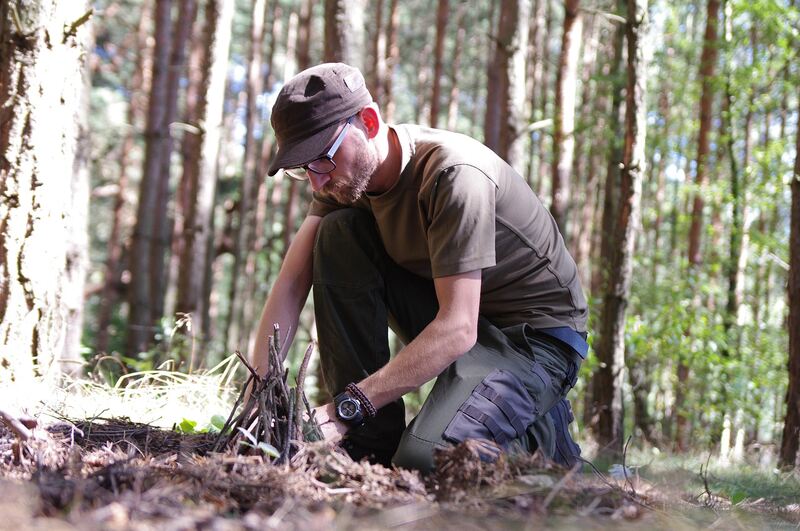
Things You Should Know About the Off-Grid Lifestyle
Reality vs. romanticism
The dream of an off-grid cabin in the woods can be intoxicating—but reality includes challenges. Maintenance, weather, and isolation require grit. It’s not for everyone, and that’s okay.
Off-Grid Living: Pros and Cons You Should Know
- Pros: Freedom, sustainability, lower bills, deep connection to nature.
- Cons: Physical labor, upfront costs, legal hurdles, potential loneliness.
Extreme Off-Grid Living: Going Back to Basics
When off-grid means off-everything
Some take it even further: no electricity, no phone, no tech at all. This path is raw, minimalist, and often deeply spiritual. It’s about radical presence.
Who chooses the wildest path—and why?
Often it’s seekers, survivalists, or deeply spiritual individuals. Some grew up that way. Others arrived through transformation. The path is rarely easy—but often profound.
The Basics of Self-Sufficiency: What Does It Mean to Live Off the Land?
Growing food, collecting water, making energy
You become your own utility company and grocery store. Gardening, food preservation, rainwater harvesting, and DIY repairs become everyday acts of empowerment.
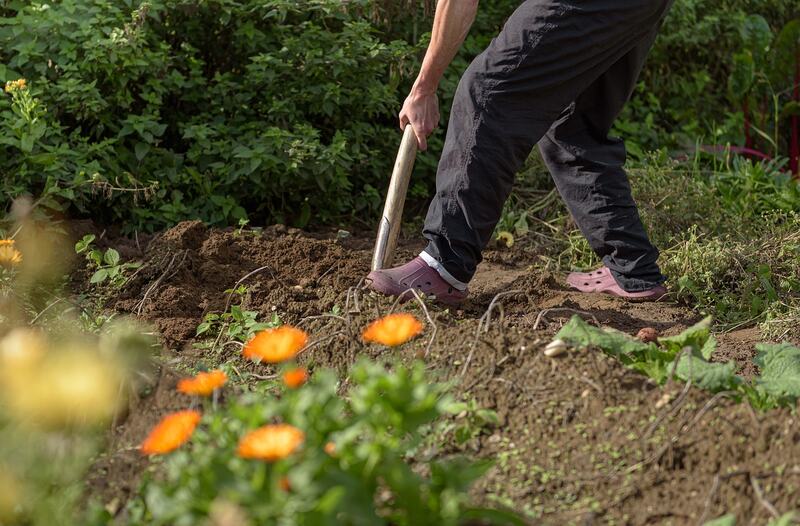
Skills that support an off-grid life
From solar system maintenance to composting, from herbal medicine to carpentry—living off the land is both ancient and modern. The skillset is wide, and ever-growing.
Is There a Book on Off-Grid Living You Should Read?
Yes—many! Search Amazon for titles that cover: homesteading, permaculture, and beginner-friendly off-grid systems.
One of my favorites: “The Self-Sufficient Life and How to Live It” by John Seymour.
How to Be Self-Sufficient and Start Living Off the Grid
Where to begin if you’re starting small
You don’t have to go all in. Start with solar panels, a rain barrel, or growing herbs. The mindset shift begins long before the location change.
Transition tips for urban dwellers
Get used to managing your own energy. Practice minimizing waste. Try living with less technology. Off-grid habits can begin anywhere.
Is Off-Grid Living for Beginners Realistic?
Absolutely—with research, patience, and the right expectations. Start simple. Make mistakes. Learn as you go. The journey matters more than the destination.
Steps to Move Off-Grid and Start a Simpler Life
Mindset first, planning second
Ask yourself: What am I really looking for? Maybe your shift needs a little self-transformation? Then research land, laws, and infrastructure. It takes clarity and commitment.
Land, shelter, resources: your essentials
Look for land with water access, sun exposure, and reasonable regulations. Shelter can be a tiny house, a yurt, a cabin—whatever suits your soul.
Simple Off-Grid Living Ideas to Begin With
Start composting. Collect rainwater. Cook over a fire. Turn off your devices. Each little shift brings you closer to the essence of off-grid life.
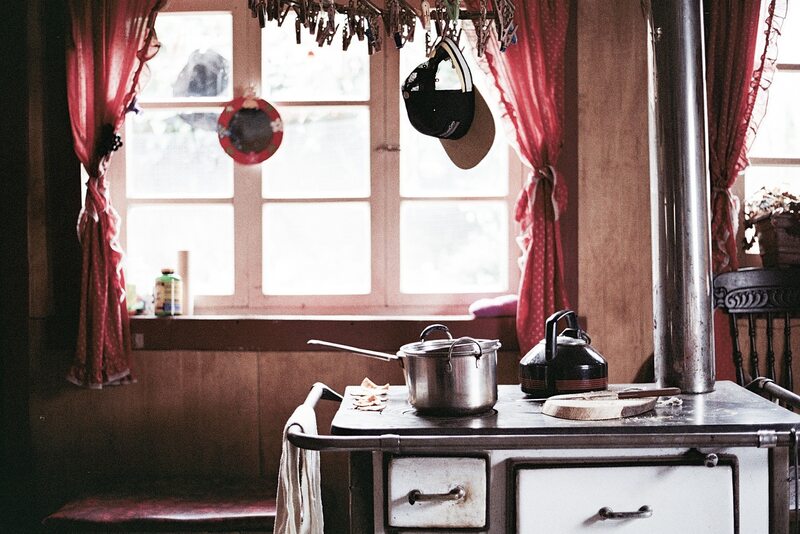
What Are the Best Places in the World for Off-Grid Living?
The top continents for freedom, nature, and simplicity
North America, Eastern Europe, and parts of Latin America are popular for off-grid lifestyles. They offer space, freedom, and affordability.
Hidden gems across Europe, the Americas, and Asia-Pacific
Portugal, Costa Rica, parts of Canada, and rural Thailand have welcoming climates and communities. Look beyond the obvious.
What States Allow Off-Grid Living in the U.S.?
Top-friendly states include Missouri, Arizona, Alaska, and Maine. But always check local codes—even within a state, rules can vary by county.
How Do You Find the Best Place to Live Off the Grid?
Climate, laws, access, and your soul’s calling
It’s not just about legality or cost. It’s about what resonates. Forest or desert? Mountains or plains? Let your lifestyle guide your land choice.
Questions to ask before you choose your location
- Is water accessible?
- How harsh is the climate?
- Are you legally allowed to build your setup?
- How far are you from emergency help?
- Do you feel peace when you stand there?
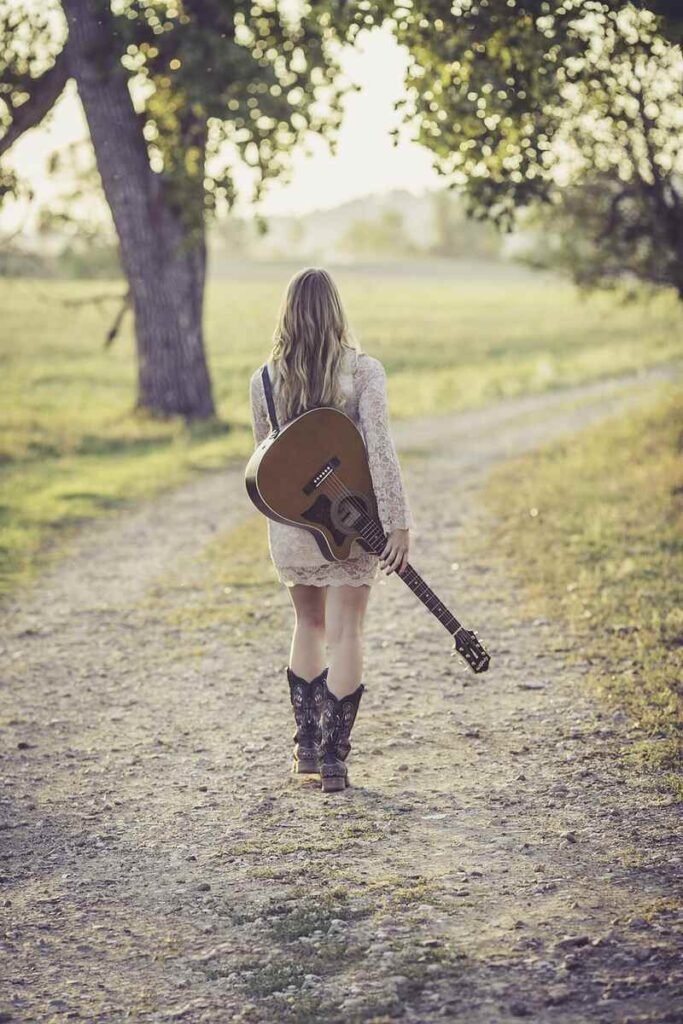
Living in an Off-Grid Community: Reducing Your Footprint Together
Off-grid Living doesn’t have to mean living alone. In fact, more people are finding support and synergy in off-grid communities where shared values meet shared resources. These eco-friendly networks often include communal greenhouses, shared generators or inverters, and a joint commitment to sustainable homes and living.
By pooling resources like renewable energy systems (solar energy, wind, or even micro-hydro), communities can reduce their environmental impact while gaining access to a more reliable power source. A backup generator may still be used during cloudy days, but the heart of the system lies in clean solar energy stored via inverters.
Together, these communities not only share the cost and labor, but also deepen their connection to sustainability and one another. Whether you’re heating your tiny home with a wood-fired heater or growing food year-round in a greenhouse, the shared vision keeps the lifestyle vibrant, resilient, and rewarding.
More Answers on FAQs about Off-Grid Living
What is off-grid life?
For many, yes. Off-grid living brings freedom, simplicity, and a deeper connection to life. But it also requires effort, planning, and personal responsibility.
What is a person who lives off the grid?
Someone who chooses to live outside the traditional infrastructure, managing their own utilities and often embracing a slower, more intentional life.
Do you have everything you need and can you grow your own food in off-grid living
With planning and practice, yes. Many off-grid homes grow food, store water, and generate energy. It’s a learning curve, but a rewarding one.
Is it possible to go fully off-grid living?
Yes, though it depends on your location and resources. Some live 100% off-grid, while others choose a hybrid approach.
If I don’t like it to live off grid can I reconnect to city life?
Of course. Many try off-grid living temporarily. It’s a lifestyle choice—not a life sentence. Reconnecting is always an option.
Where to Find the Best Off-Grid Living YouTube Channels
YouTube is filled with inspiring stories from people who’ve made the leap. Look for homesteading families, solo builders, and minimalist travelers documenting their journeys. They offer both real talk and hopeful visions.

